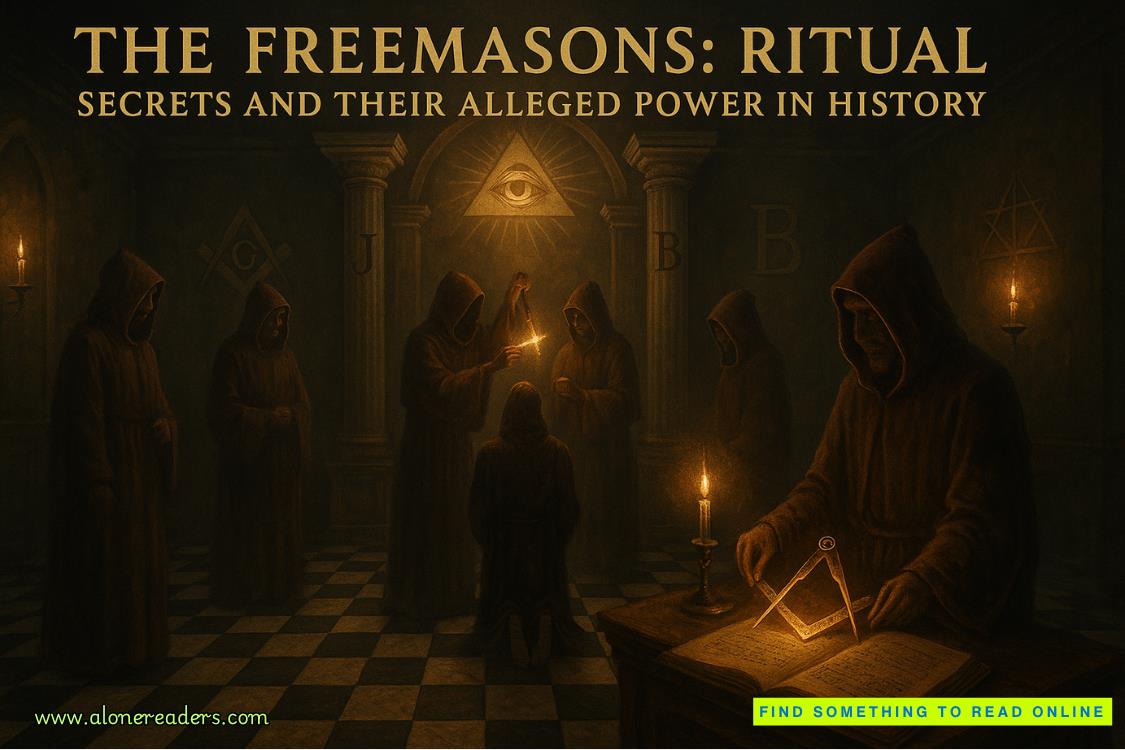Page 14 of The Favorites
“Your ring,” he said.
I sighed. “Heath, it’s done.”
“It meant so much to you.” He swallowed. “And you just—”
“It’ll be worth it,” I said. “Once we get to California, you’ll see.”
In the dancing light of the wind-stoked bonfire, his eyes looked pure black, troubled as the choppy water. The crashing waves nearly washed his next words away.
“I hope you’re right, Katarina.”
Now I look back and think: maybe if I hadn’t been so caught up in my fantasies of being Sheila Lin’s star pupil, I would have seen Heath’s reticence for what it really was. Yes, he was used to change. He was used to loss. He was also used to anything that seemed too good to be true—anything that seemed good at all—being ripped from his grasp as soon as he touched it.
No wonder he held on to me so tightly.
“Do you know what it’s like to be a retired mother of two at twenty-six years old?”
In a television clip from the late 1990s, Sheila Lin sits in a studio opposite a female interviewer.
“I had my gold medals,” Sheila continues. “My endorsement deals. Kirk and I did the Stars on Ice circuit for several years. It wasn’t enough. I wanted to build something lasting.”
“For your children?” the interviewer asks.
Sheila answers without hesitation. “For myself.”
Narrator:After Sarajevo, Sheila Lin was a star. After winning a second consecutive gold in Calgary, when everyone assumed her career was already over? She was a legend.
Footage from fan meet-and-greets during several different Stars on Ice tours, showing Sheila posing for pictures and signing commemorative programs.
Kirk Lockwood:At the end of our last pro tour, the Lockwood Center offered Sheila a coaching job. She declined. I asked her why, and she said, “Do you really want to follow in your parents’ footsteps, Kirk?”
Jane Currer:Any of the top training centers would have been delighted to have Sheila on their staff. But she had to do things her own way.
Kirk Lockwood:If Sheila hadn’t asked me that question, I’d probably still be coaching. And miserable.
Back to the late ’90s interview: “Do you consider yourself a role model?” the interviewer asks. “As the first Chinese-American woman to win the Olympic gold in ice dance, you—”
Sheila interrupts. “I think you mean the firstAmericanwoman.”
“Sorry?”
“I’m the first, and so far the only, American woman to win an Olympic gold medal in ice dance. Before Lin and Lockwood, the best any American team did was bronze.” Sheila smiles. “So yes, I do consider myself a role model—forallAmerican women.”
Kirk Lockwood:When she called and told me what she wanted to do next, I said she was crazy. So she hung up on me.(He laughs.)Anyway, I called right back and explained what Imeantwas, she was the only person crazy enough to pull something like this off, and I knew it’d be a huge success.
Archival photos show the Grange neighborhood in Los Angeles before its redevelopment: condemned buildings with broken windows, train tracks to nowhere.
Narrator:Today, the Grange boasts some of LA’s most daring architecture and expensive real estate. Back in the ’90s, though, the area was an industrial wasteland.
Later in the television interview, Sheila shows off a scale model of the Academy: an avant-garde glass-and-metal complex built over two abandoned warehouses, connected by an atrium.
“Construction is under way now. We’ll be welcoming the first skaters next season, and launching an annual summer training intensive for promising ice dancers from around the globe.”
“It sounds wonderful,” the interviewer says. “But it also seems like an awfully ambitious project for a young woman without any business experience. And with two children to raise.”
“I seem to recall people expressing similar concerns when I decided to compete in Calgary, and that worked out just fine.” Sheila smiles. “Didn’t it?”
Chapter 11















